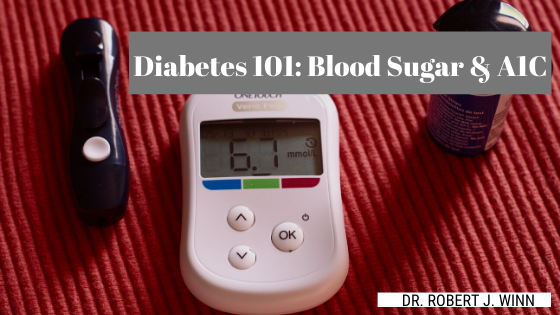While diabetes is a common condition, it is a complex and widely misunderstood disease. Millions of people are currently living with this chronic illness, while many more are diagnosed or have loved ones who are affected by it. It is a serious ailment that can result in a myriad of complications. However, it can be managed and does not have to decimate a person’s life.
To help better understand this condition, consider this posting to be a Diabetes 101 designed to provide some basic tidbits about the disease, blood sugar, and the importance of A1C.
The A1C test is a common diagnostic tool used to diagnose diabetes and gauge how well someone is managing their disorder. This simple blood test is also known by other monikers, such as HbA1C, hemoglobin A1C, glycosylated hemoglobin, and glycated hemoglobin.
A1C measures an individual’s blood sugar over an extended period. Simply put, it indicates a person’s average blood sugar level over a 2-3 month timespan. Specifically, it measures what percentage of someone’s hemoglobin, the oxygen-carrying protein present in red blood cells, is coated with sugar. A normal A1C level is considered to be below 5.7 percent.
The higher the A1C level, the poorer the blood sugar control, which translates to a higher risk of diabetes-related health complications, such as heart disease, stroke, hypertension, blindness, kidney disease, amputation, and premature death.
Routinely testing a person’s A1C level is a crucial component for proper management of the disease as well as a good preventative measure, particularly if someone is at risk for developing diabetes. Moreover, it is essential for maintaining and safeguarding an individual’s overall health and well-being.
It is also essential to differentiate between the multiple forms of diabetes. There are four different types of diagnoses in which a person can be categorized. These groups include the following:
- Prediabetes is pronounced when the A1C level is between 5.7 and 6.4 percent, which means the person has a higher risk of developing the illness as well as other complications down the road. This condition is also known as impaired fasting glucose.
- Type I is known as early on-set, or juvenile diabetes, due to the diagnosis coming at an early age. Most Type I sufferers are diagnosed during childhood or their teen years.
- Type II is adult on-set or diet-related diabetes. This form arises and is diagnosed in adulthood or golden years.
- Gestational diabetes results from pregnancy or complications related to this event.
For Type I, Type II, and gestational diabetes to be diagnosed, an A1C level of 6.5 percent or higher on two separate occasions would need to be detected.
For most diabetics, an A1C level of 7 percent or below is a common target goal. Those who have A1C levels above 8 percent are in the danger zone. It indicates the diabetes is not well-controlled, and the person has a higher risk of developing other health-related complications. Alas, the most critical takeaway from Diabetes 101 should be that early diagnosis leads to early treatment, better well-being, and fewer complications.


